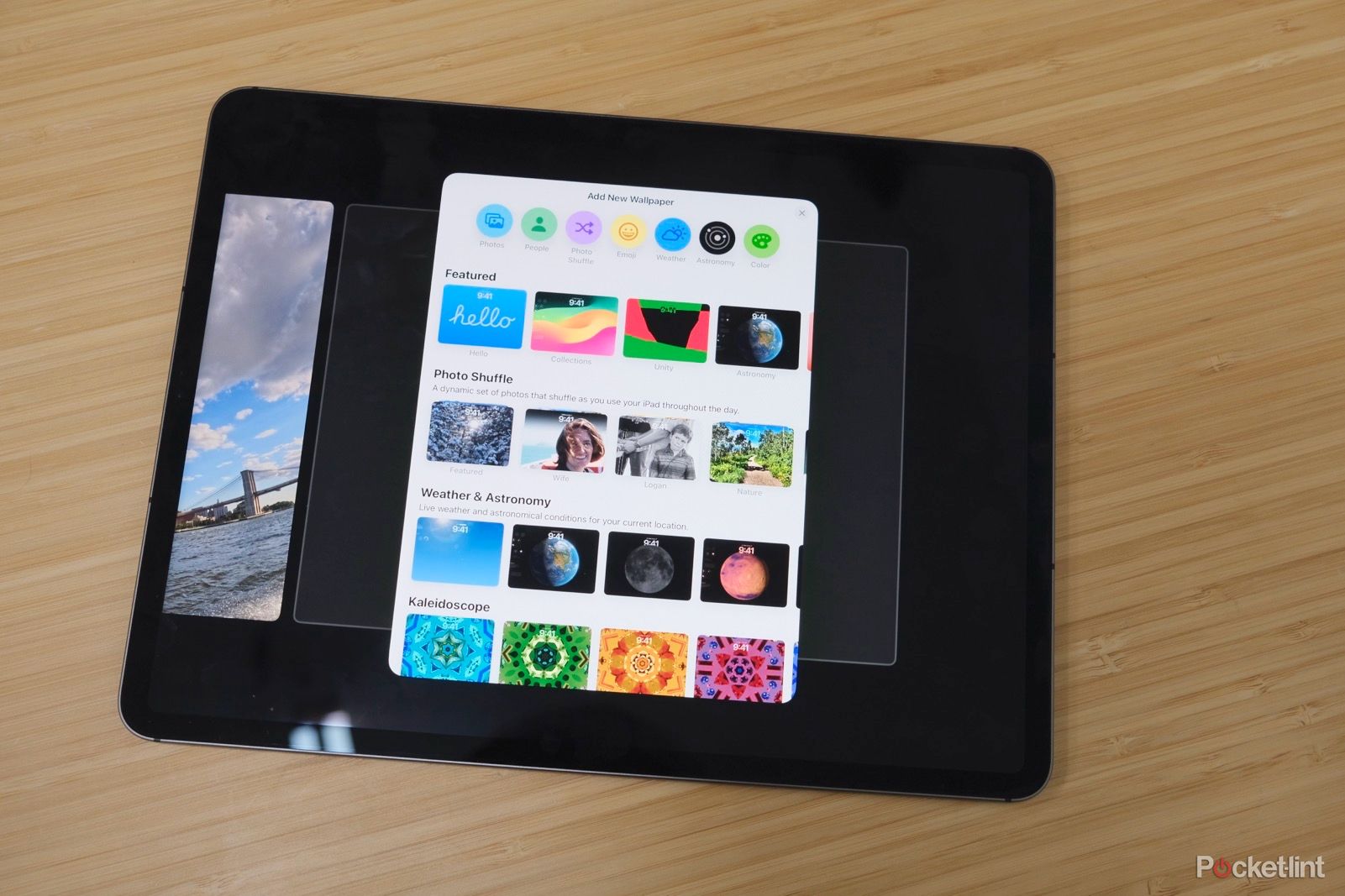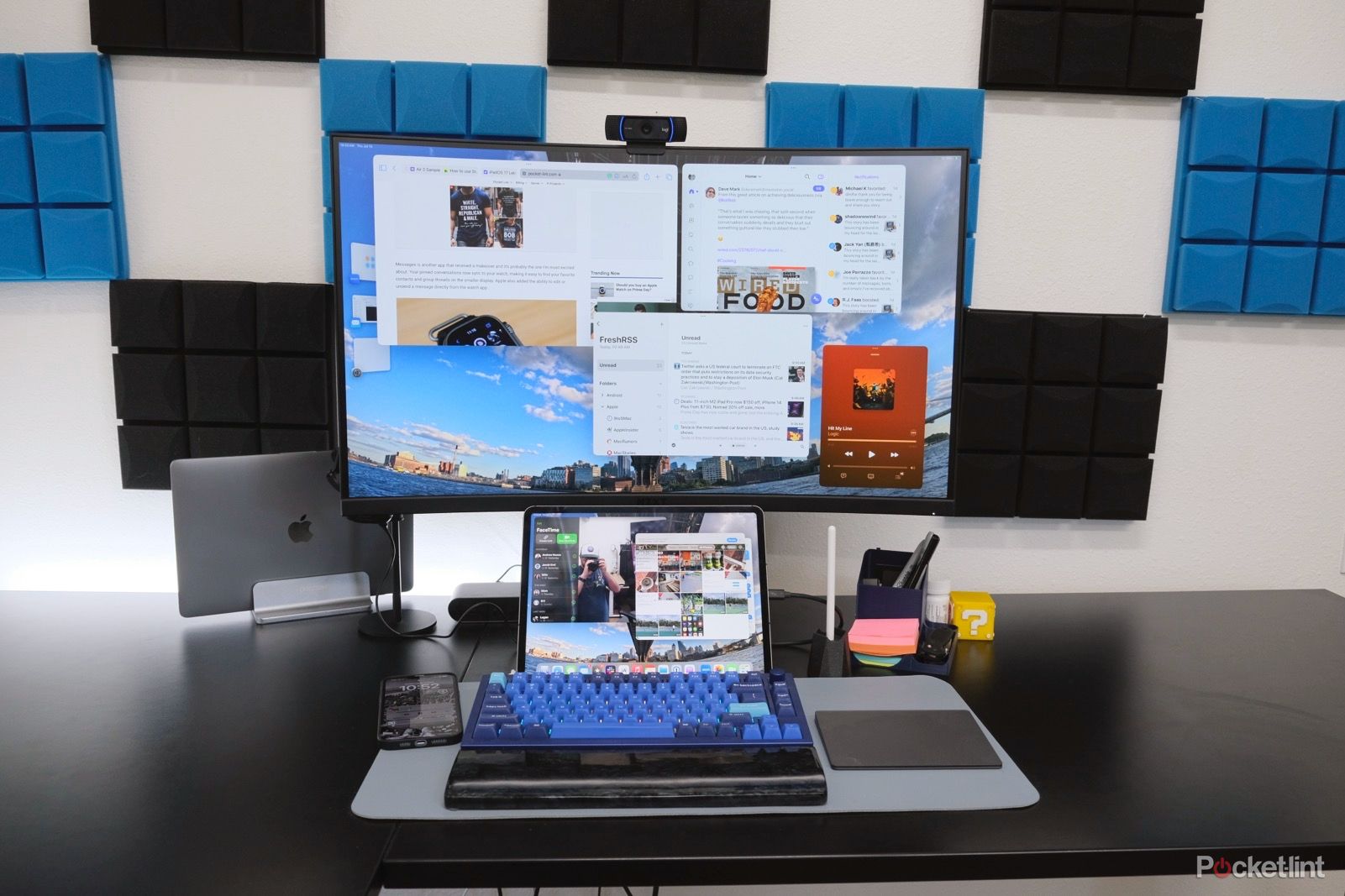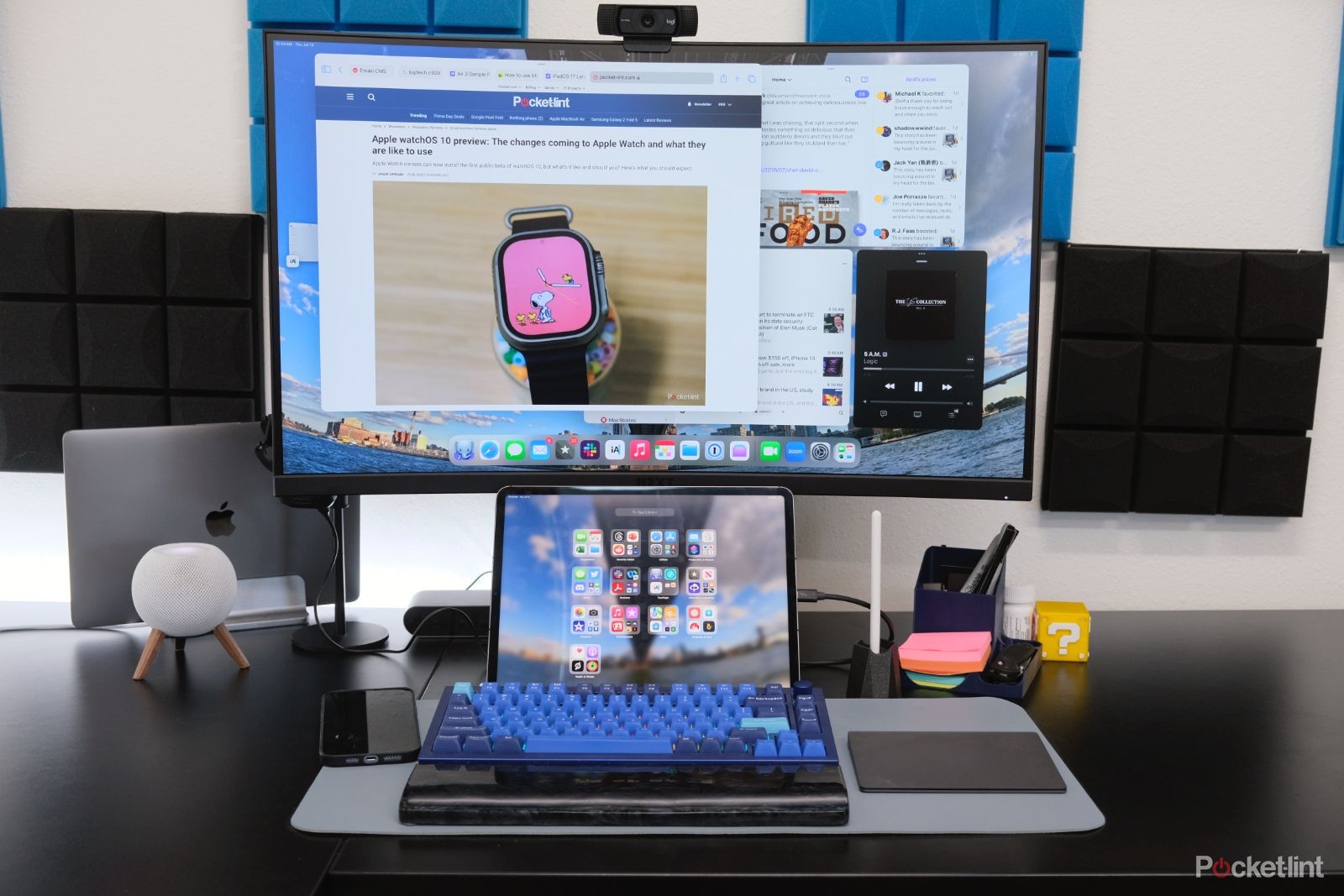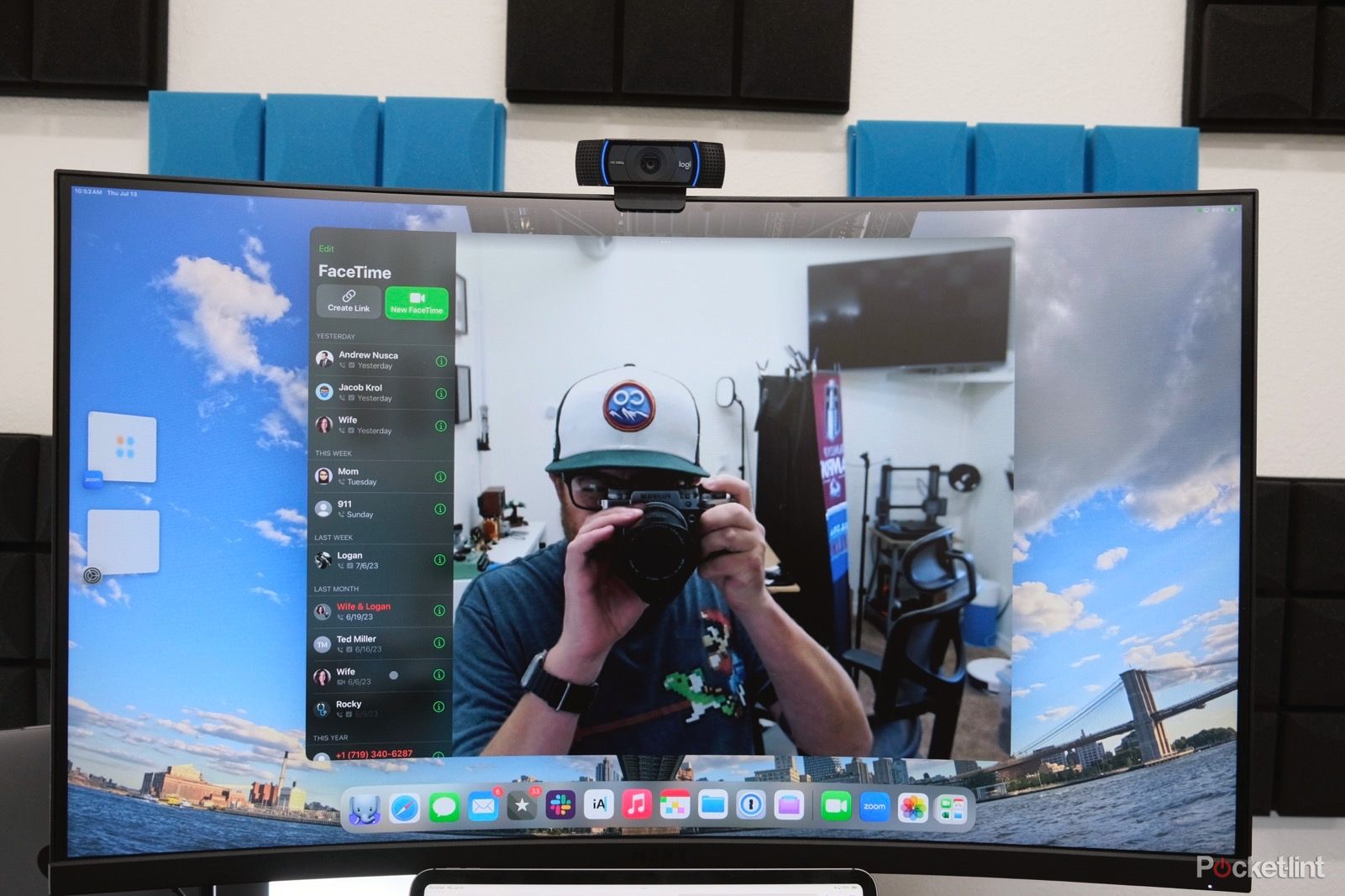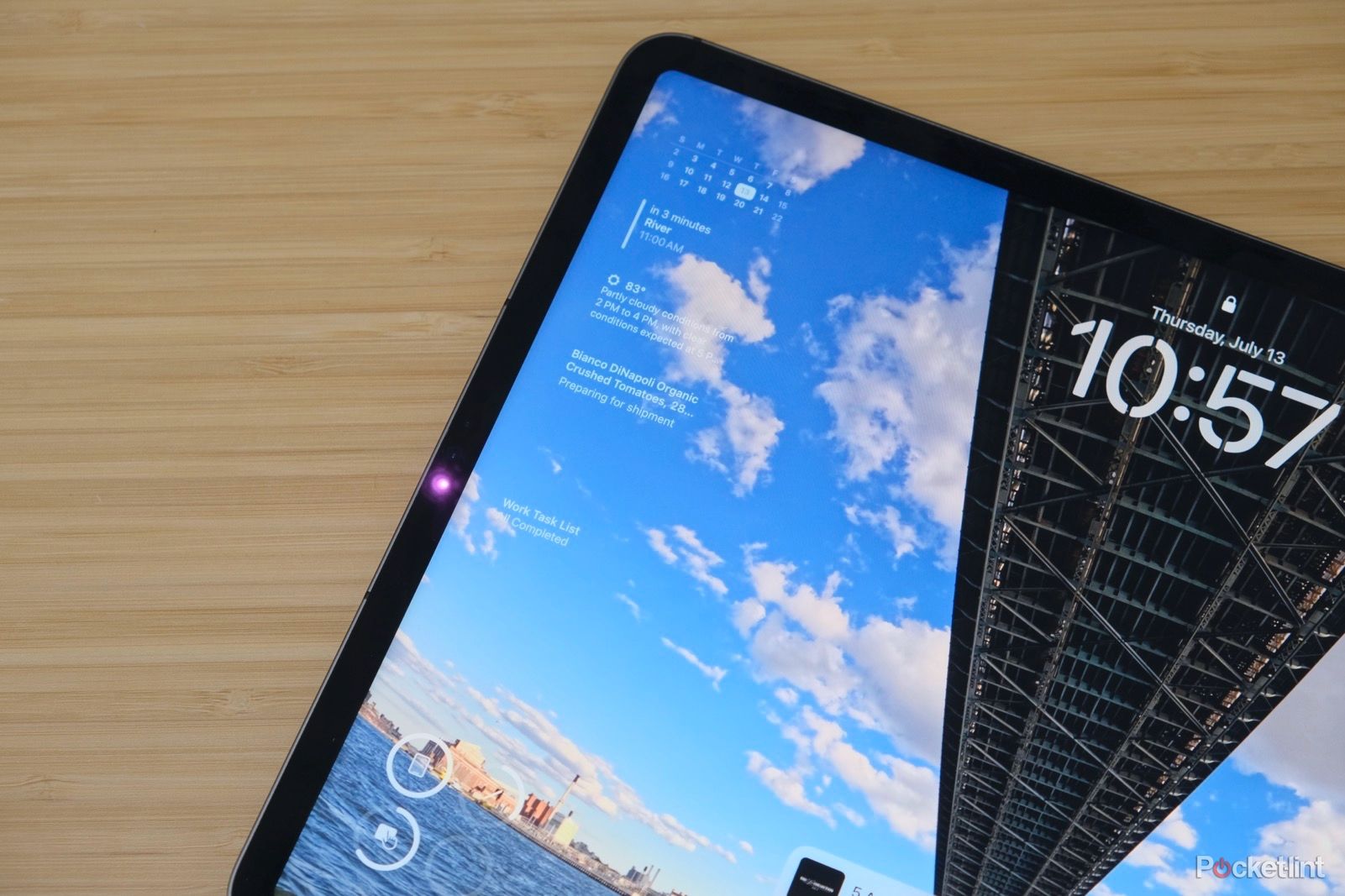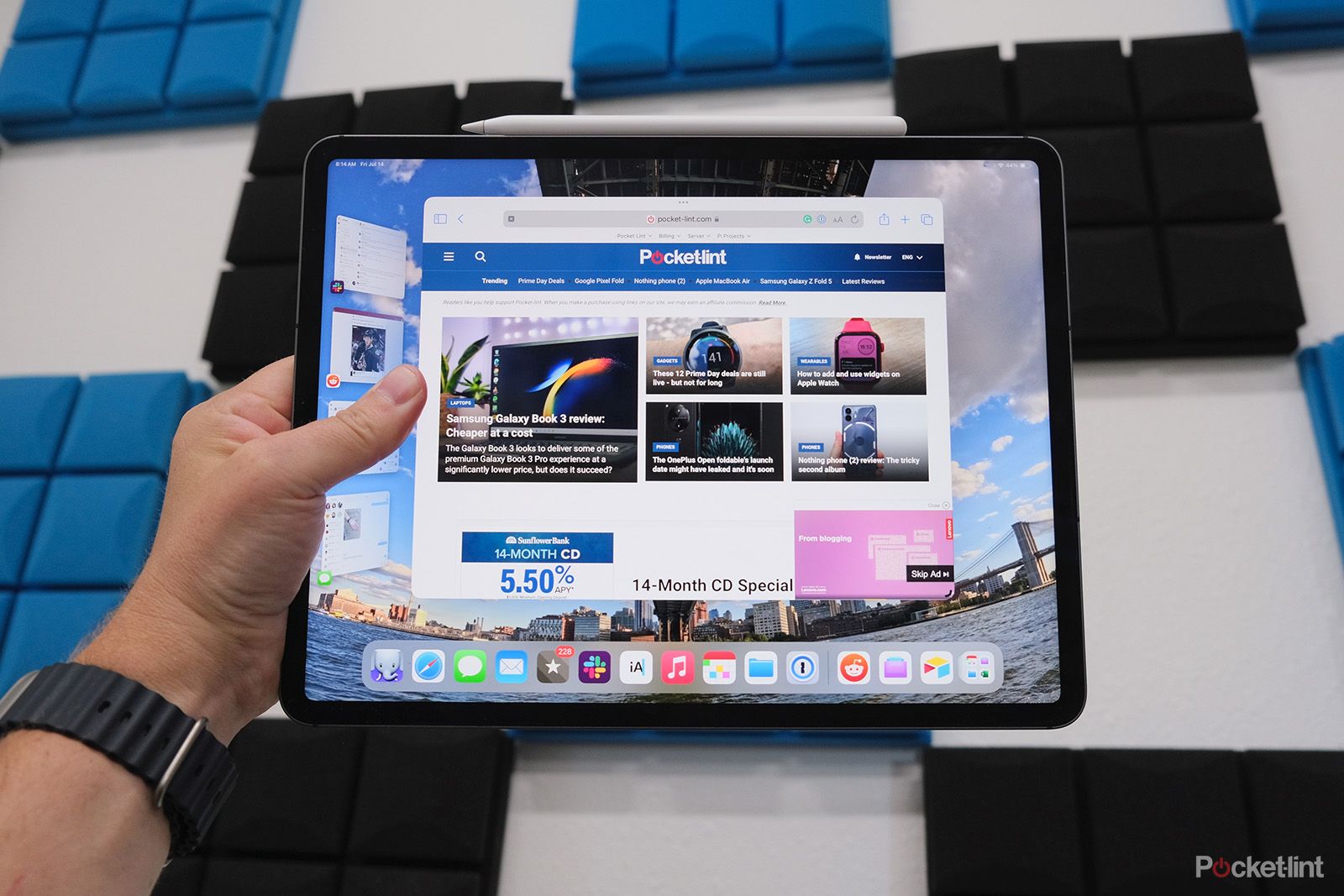Apple released its public beta program iOS 17iPad OS 17, macOS 14 Sonoma and watchOS 10 along with Apple TV and HomePod in mid-July. The program gives regular users the opportunity to preview and help test the unfinished updates that are expected to arrive on Apple devices later this year. That said, it’s important to remember that the software isn’t finalized, which means there are some issues and issues with battery life. For this reason, it’s a good idea to install any betas if you want to solve an occasional problem or have another device that you can use for testing.
At first, iPadOS 17 It doesn’t seem like a big change for Apple software. But after using iPadOS 17 on iPad Pro for the last month or so, I can say with confidence that it is a great place, especially for those who use the iPad. What is iPadOS 17 and what can you expect when the software is released later this year? Let’s take a closer look.
The lock screen is getting a big change
When Apple released iOS 16, iPhone owners got the full potential Customize your iPhone’s lock screenwhich includes adding widgets, changing the look and feel of the clock, and using new graphic styles.
Well, with the release of iPadOS 17, the Apple tablet receives the same support as a lock. Notifications are now displayed at the bottom of the screen, allowing you to see all of your iPad’s photos. And, yes, the update means you can place widgets on the iPad’s lock screen, making all your important information available at a glance.
If you’ve used the iPhone wallpaper tool, you’ll feel right at home changing your iPad’s lock screen after upgrading to a new app. You start this process by long pressing on the lock screen. You can change the current window, or choose a new image from the gallery with your own images or Apple’s icon design with a new emoji icon or standard colors.
There are two widget areas on the iPad lock screen. The first is above the clock, providing enough space for a single widget to display easily digestible items, such as the day and day of the week. Then there is a vertical bar on the left side of the iPad screen where you can add as many widgets as possible. When you click inside the widget, you’ll see a widget selector displayed, allowing you to browse all the widget apps and the different widget styles they offer. Alternatively, you can search for a specific program.
I work on my iPad every day. I have widgets on my home screen that allow me to do different things Shortcuts app, an Apple News headline, is an overview of my daily schedule and reminders. Usually, my iPad interaction starts with opening the tablet, then looking at the widgets and deciding what I want to do next.
Since installing iPadOS 17 however, I’ve found myself waking up my iPad by touching the screen or pressing a key on the Magic Keyboard, but not turning it on. Then I quickly scan the widgets for anything that needs attention. There are more. Like iOS 17 and macOS 14 Sonoma, widgets in iPadOS 17 now work, meaning you can do things like look at the small circle next to a reminder to remove it from your task list, control music playback or change the smart light from the Home app, all without having to launch the app. . For me, that usually means looking at a task when I’m done from the lock screen without looking at my iPad’s home screen. And it’s amazing.
I think iPad owners will be happy with the changes and options that iPadOS 17 brings to the tablet. There are endless possibilities for what you can do with the widget, not to mention add widgets and their new interactions.
Stage Manager is great now
Last year, iPadOS 16 he promised a new way multitasking on the iPad. Instead of using software for split screens and going through colors, Stage Manager allowed the iPad Air and iPad Pro models to show several program windows, similar to what you can find on a Mac or a Windows computer. It also added virtual reality support for external monitors, meaning you didn’t just have the option of viewing your iPad’s display on the big screen. You can, if you want, run up to eight apps on your iPad at the same time. That means four apps on the iPad screen, and four more apps on external displays.
However, Apple failed to deliver the promise of Stage Manager with iPadOS 16. Window size, placement and interaction required a lot of mental energy to manage.
With iPadOS 17 however, it is clear that Apple took last year’s solutions from the iPad category. The company didn’t spend much time talking about the Stage Manager update when iPadOS 17 was announced, but it should. The most notable change to Stage Manager is that you’re no longer limited to where you can place program windows on your screen. In the past, there was a default grid that your apps were forced to fall into, which often resulted in changing windows and layouts just to accommodate your needs. Now, you can install apps wherever you want and window customization sounds better than ever.
I don’t get frustrated anymore when I use Stage Manager on mine M1-powered iPad Pro, either connected to an external monitor or directly on the iPad screen. I no longer feel like I’m fighting the Stage Manager to do what I want. It feels very close to how it feels to manage windows on a Mac. As I sit here trying to explain what it’s like to use the new Stage Manager, I’m starting to realize that maybe Apple hasn’t been talking about the update long enough because it’s hard to put it into words. You need to use Stage Manger to get a good feel for how well it’s been edited. What if you’ve never tried Stage Manager? Well, you’re in for a treat when you do.
The iPad Pro supports webcams now
As the journey to make the iPad more like a computer continues, Apple has added what I consider the most important aspect of the iPad: the ability to use external cameras. The wording Apple uses to talk about the interface is vague and leads you to believe that you can use the new technology and an external monitor (like Apple’s Studio Display) that has a built-in webcam, but I can confirm it. that what you need is a certain type USB cable and you will be able to use the web cam, no additional software required.
I can use the Logitech C920 webcom and my iPad Pro by connecting to it via a USB-C hub or USB-A to USB-C adapter. But if you have a digital camera that can be used as a webcam, chances are the iPad will recognize it and use it as one.
Currently, webcam feeds are only available in FaceTime, but apps like Zoom or WebEx may add support in the iPadOS 17 update.
In addition, support for external devices is not limited to webcams. External microphone are now officially supported, as are video capture cards that let you do things like connect the Nintendo Switch to your iPad and use it as an external monitor.
The growth of external support for iPad devices seems to be very low for the big changes coming to the iPad.
There is still a lot to explore
iPadOS 17, of course, includes many features that iPhone and Mac are getting with the upcoming updates. FaceTime’s actions are popular, allowing you to use gestures like giving a thumbs-up to trigger a floating thumbs image on your screen (there are gestures for all kinds of gestures and emotions, including making heart shapes and floating hearts gestures).
Autocorrect is getting great updates and is able to predict not only the current word you are typing, but also the completion of your entire sentence.
Support for uploading PDFs in apps like Mail or Files is coming, as is exporting PDFs in the Notes app.
And for the first time, the Health app will be available on the iPad, allowing you to view health information stored on your iPhone.
Is iPadOS 17 a big change?
I think it depends on how you use your iPad. The screen lock update is great, but if you frequently skip the screen lock when opening the tablet, you won’t get the most out of the new addition.
If you have an iPad that is compatible with Stage Manager, then you will find that iPadOS 17 is a big change that makes multitasking on the iPad a reality. And hardware support for web cameras and such is just icing on the cake.
Interactive widgets will be one of the main areas where developers can release more updates; The ability to skip opening an app and take action from every time you see a widget encourages you to use it.
You can install the public beta right nowbut I encourage you to wait until closer to its official launch later this year.
